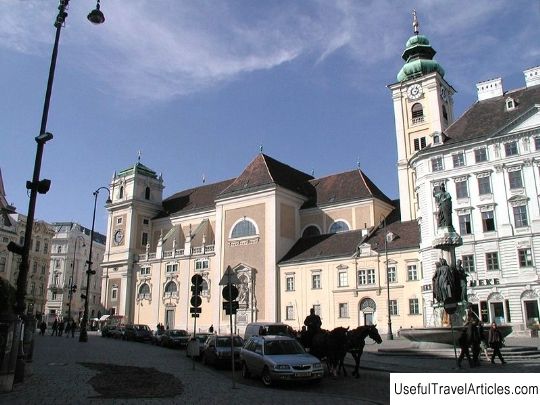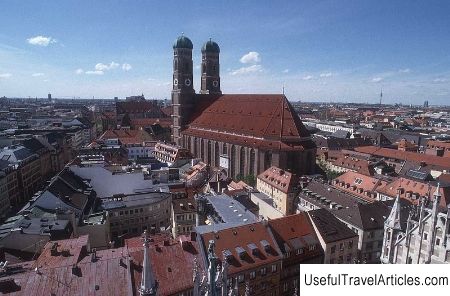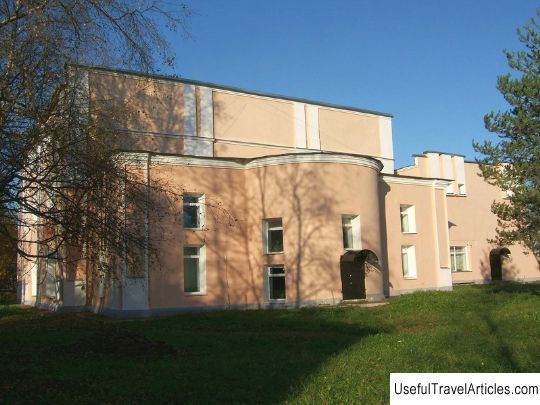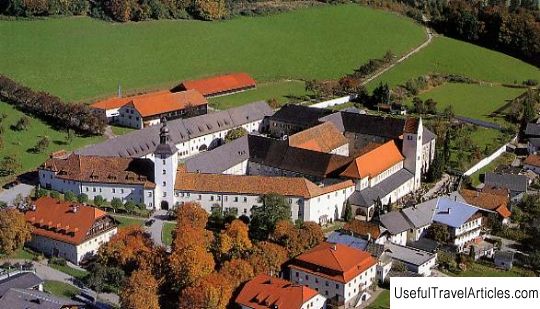Scottish monastery (Benediktinerabtei unserer Lieben Frau zu den Schotten) description and photos - Austria: Vienna

Scottish monastery (Benediktinerabtei unserer Lieben Frau zu den Schotten) description and photos - Austria: Vienna. Detailed information about the attraction. Description, photographs and a map showing the nearest significant objects. The title in English is Benediktinerabtei unserer Lieben Frau zu den Schotten. Photo and descriptionThe Scottish Monastery is a Catholic male monastery located in Vienna on Freyung Square. The monastery was founded in 1155 when Henry II relocated the monks from the "Scottish" monastery in Regensburg. In fact, Scottish monasteries are actually Irish. It was Irish monks who were engaged in missionary work in Europe, and Ireland was called “Greater Scotland” in medieval language. In 1160, the “Scots” built a Romanesque church in Vienna, where Henry III was later buried. In addition to the church, the monks created a shelter for pilgrims and crusaders who traveled through Vienna to Jerusalem. This church burned down in a fire in 1276. In 1418, Duke Albert seized the monastery and settled the Benedictines in the church. Hence the present name of the monastery. In 1638, a fire broke out in the church again due to a lightning strike. After the fire, it was decided to restore the church; architects Andrea d'Allio and S. Carlone participated in the project. In the course of this process, the length of the church was reduced somewhat, with the result that the tower no longer stands directly next to the basilica. Joachim von Sandrath was responsible for the new altar. The previous Gothic-style altarpiece depicting Vienna has survived. After the Turkish siege, the church was rebuilt again. Since the beginning of 1700, the organist in the church was Johann Fuchs. In 1773, a house for a priory and a school was built by the architect Andreas Zach. The building was nicknamed the `` dresser '' because of its appearance. The hotel R & ouml; mischer Kaiser was located in the immediate vicinity, where the first public appearance of Franz Schubert took place. In 1880 the church was restored and partially reconstructed. During this period, the ceiling was painted by Julius Schmid, and a new altar was created according to the sketches of Heinrich von Ferstel. An exhibition has been opened in the building of the monastery since 2005.        We also recommend reading Highgate Cemetery description and photos - Great Britain: London Topic: Scottish monastery (Benediktinerabtei unserer Lieben Frau zu den Schotten) description and photos - Austria: Vienna. |




